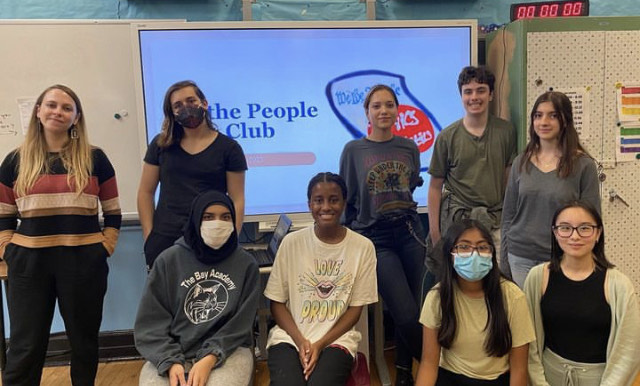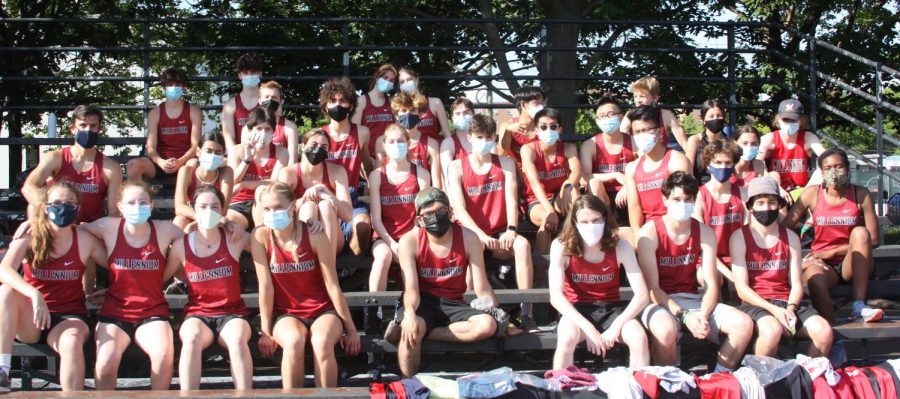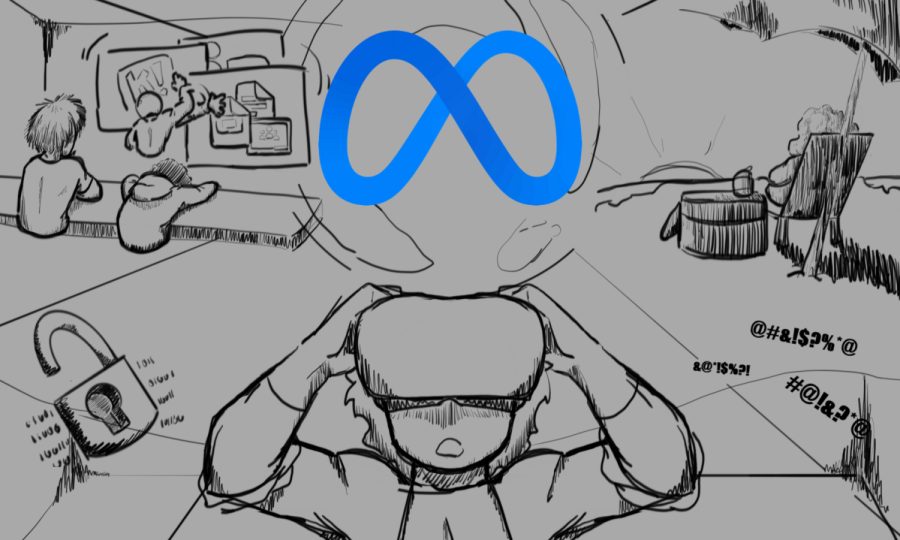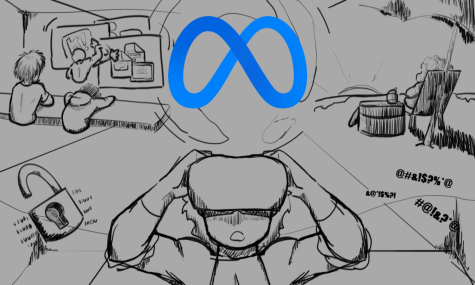Helping NYC’s Homeless
January 14, 2015
The number of homeless New Yorkers sleeping each night in municipal shelters is now 64% higher than it was ten years ago. There are homeless males, females, and even families all over New York City who live and sleep either on trains, streets, or in shelters (if they have space).
According to the Coalition for the Homeless, the immediate cause of homelessness is the lack of affordable housing. Homelessness is also caused by eviction, overcrowded housing, domestic violence, job loss, and hazardous housing conditions. Each night, thousands of unsheltered homeless New Yorkers sleep on the streets, subway stations, or other public areas.
Emily Clayton, a sophomore at MBHS says “seeing homeless people makes me sad and I wish I could help.”
Yahaira Reyes expresses genuine sadness when talking about the homeless. She says that “homeless people are just people who are stuck in a situation and need help, but a lot of New Yorkers treat homeless people like that if they aren’t important in society.”
Surveys cannot accurately measure the number of homeless people each year, but they measure the number of homeless people who are in and out of shelters each night. For instance, in September 2013, the number of children in a municipal shelter were 22,136. The number of adults in families were 19,171, and the number of single adults were 11,044.
Coalition for the Homeless measured again in January 2014, which is only four months later and they noticed an increase. In January 2014, the number of children in the municipal shelter were 22,712, the number of adults in families increased to 19,551 and the number of single adults were 11,352. In just four months the total increased from 52,351 to 53,615. That’s over 1,000 people.
The numbers have been increasing for a very long time. In June 1983, the number of homeless people sleeping in shelters each night in total were 12,830 and the most recent shelter census happened in November 2014, recording a total of 60,352 homeless people sleeping in a shelter each night throughout New York City. In 31 years, the number increased by 47,522 people.
There have been many efforts to change the number of homeless people in New York City. Research studies have confirmed that long term housing assistance not only reduces the amount of homeless people it is also less expensive than shelter and other institutional care. For example, federal housing assistance such as housing vouchers allow low-income families to rent market-rate housing of their choice and provide flexible assistance that adjusts with the family’s income over time. Studies show that public housing and federal housing vouchers are very successful at reducing family homelessness and making sure that these families remain stably housed and out of the shelter system.
You can help make a change to the amount of homeless people in NYC. Just go to http://www.coalitionforthehomeless.org/ and help by either donating to their fund that helps save homeless men, woman, and families or you can volunteer with the group coalition for the homeless.
You may also contribute individually by helping a homeless person on the train or street by buying them food, clothes or even giving them some money. The little things you do are guaranteed to make a big contribution to another person’s life and society.
















